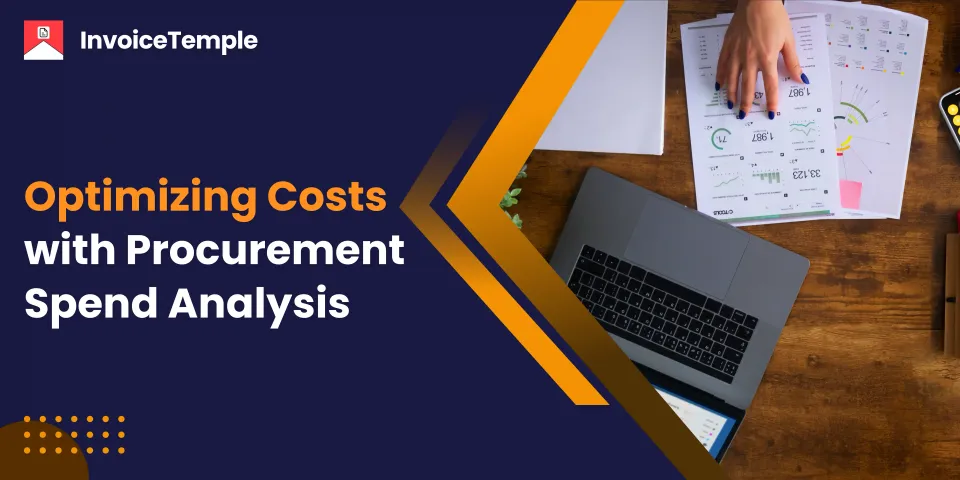Optimizing Costs with Procurement Spend Analysis

If you are planning to start a business or expand your business, the most crucial thing that you must consider is managing expenses. Both cash inflow and outflow occur in a business, yet some business owners only consider the cash inflow and neglect the cash outflow.
Proper management of cash flow includes both the analysis of incoming revenue and spending expenses. This blog serves as a guide for you about the tips and tricks of procurement spending analysis and how the business benefits highly from this analysis method. Let’s delve deeper!
First, let’s know briefly about the term procurement spend analysis. It is the process of the collection and analysis of procurement data to make effective financial decisions, identifying effective ways to reduce expenses, maintaining effective client relationships, etc. An overall visibility of the business finances can be attained by this procurement spend analysis. There are some key terms associated with spend analysis. Let’s explore them one by one.
Spend Visibility— The business can understand the business spending in the business operations. If the spending visibility of a business is high, then it is confirmed that the accounts team of the business has a clear understanding of the current financial terms of the business.
Spend Analysis— It is the process of analyzing the business data. This data depends on the accurate information collected from the business over a period. It involves the process of raising questions about the spending and finding effective ways to reduce the spending cost.
Spend Data— The spend data is also referred to as procurement spend data, and this is the total information of the business expenses included in the purchasing process of the business.
Procurement Process Improvement— This is the process of implementing changes in the business for better future development.
Now, let’s see the step-by-step process in this procurement spending analysis.
- The first step in this method is identifying the data sources for the analysis process. The data must be collected from every source of the business, such as estimates, purchase orders, invoices, online receipts, data shared by the vendors, etc.
- The next process is extracting the data from all the available sources. After extracting the data, it should be compiled into a single document for easy viewing.
- After compiling all the data in a single source, errors should be corrected. This includes clearing duplicate values, removing inaccurate values, etc.
- The next step is categorizing the data under appropriate sections. This is the most crucial step, as the business's spending can be easily determined.
- The closing step is analyzing the data. This is the most crucial part of the procurement spending analysis. This helps in acquiring the savings opportunities of the business.
The power of procurement spend analysis is high, and some of the benefits of it are as follows.
1. The major advantage of this spend analysis is that it gives a holistic overview of the cash moving in and out of the business. Especially for small and startup businesses, this visibility gives a great understanding of the business.
2. Growing businesses often face numerous risks, and the businesses that tackle these risks achieve greater heights. This procurement spend analysis plays a major role in effective risk management.
3. This spend analysis boosts the business's productivity. As it outlines all the expenses, the business owner can properly organize it and boost productivity. For proper organisation, business owners can make use of invoicing software that gives an overview of the expenses.
4. Informed decisions can be made by the business owners about the areas where they must reduce the expense and areas where they must invest more.
Overall, with proper procurement spending analysis, the business can easily control and own the business spendings, increase productivity, and achieve success in the business.
You can also make use of InvoiceTemple, the best invoicing and billing software for small businesses, for easy management of finances.
